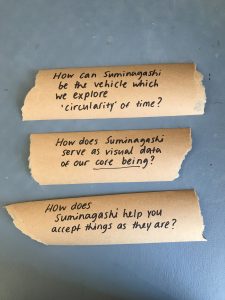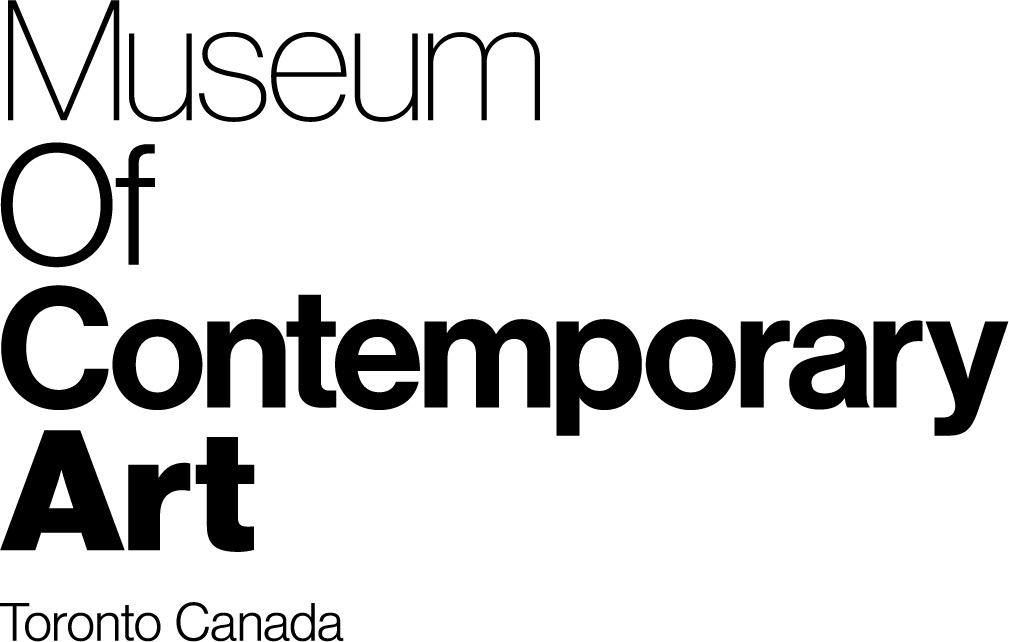Using Suminagashi to access your inner being
Have you ever wondered what the quiet peaceful mind (or chaotic loud mind) looks like?
I am introducing Suminagashi (the beautiful Japanese Marbling technique) as a way to access the core of our being- our innate wholeness. I spent several weeks in October working on Michael Lin’s painting installation at MOCA, Archipelago. To paint his work, Lin and his painters use Chinese brushes, or Japanese Kanji brushes. For Suminagashi, we will use this same type of brush. It is interesting how one tool can be used to achieve a wide range of artistic styles.
Think of Suminagashi as liquid flowing with compassionate energy – keep this in mind as you practice.

Some questions to consider:
- How can Suminagashi be the vehicle through which we explore ‘circularity’ of time?
- How does Suminagashi serve as visual data of our core being?
- How does Suminagashi help you accept things as they are?
Watch me demonstrate the art of Suminagashi:
Are you ready to Suminagashi?

You will need:
- Rice paper or plant-based paper
- Cut paper into pieces at least 1 inch smaller than water tray on all sides
- I got plant based paper from Hanji and rice paper from ARTiculation
- Tray or basin filled with room temperature water, about 1 inch deep
- I bought a cat litter box from Dollarama, but it could be anything from a takeout container to baking tray to inflatable pool, depending on how large you want to work
- Chinese brushes x 2
- Brush A: One for Ink only (I would suggest a brush larger than .5 inch for brush A)
- Brush B: One for dish soap + water mix only
- Paper towel
- One pearl-sized drop of dish soap diluted in ½ cup water
- Japanese Sumi ink
- I got some from ARTiculation
- Area or surface for drying (you could use some cardboard or a drying rack)
Two Different Suminagashi methods:
TREE TRUNK LOOK

- If you have a couple of extra minutes, try a meditation exercise before you start:
- Sit up straight, close your eyes, and connect with your inner stillness.
- Get all materials ready, including a space for drying your work.
- Hold Brush A in one hand, and hold Brush B in other hand (Make sure the tip of the brush is pointed, ensure it holds enough ink, not too much and not too little)
- Start dipping the tip of Brush A and Brush B into the water, alternating between the two.
- Continue as much or as little as you like.
SWISH LOOK

- Simply swish or swirl the brushes in the water. Reflect your emotional state without thinking too much.
- If the ink gets too muddy or dark, just dip Brush B (dish soap/water) almost as an eraser. Try to let the water do its work rather than trying to control the flow too much.
Time to place your paper:
When you think you are done with your ink design, carefully place the paper into the basin, directly onto the ink. Then pull your paper back up, slowly.
*Tip: try placing the paper into the centre of the tray. This will help catch the areas with the most ink.
Let your work dry:
Place your paper flat on the drying surface. I bought myself a big sheet of cardboard so that I can lay my finished papers flat. You can also hang to dry!
Observe your work and reflect on the self.
I hope you enjoyed this activity! Feel free to share your work on social media, and tag us @mocatoronto so that we can see how your Suminagashi piece turned out.
ABOUT ME

Hi! I am Leeay and I am a local artist based in Toronto. Currently enrolled in a master’s program at OCADU, I started to explore Suminagashi as I investigate ‘silence’ as part of my thesis project. Through the surface of the water, it captures a field of frequencies representing one’s emotional state- which is essentially the energy of one’s awareness as he/she breathes in and out continually. Additionally, Suminagashi is a great way to experience the ‘circularity’ of time and experience inner stillness at the core of our being (As you could see it is reminiscent of a tree trunk). To see more of my thesis work, visit me on my website or on Instagram @leeay.


